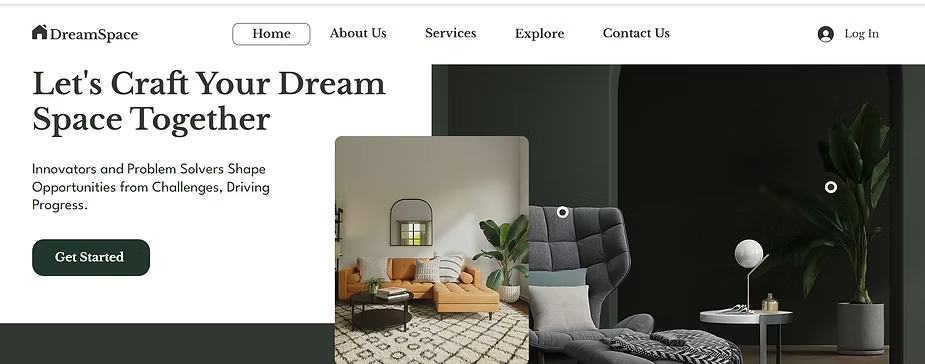Why a Custom Sign-Up Page is a Smart Investment for Your Website
- Ashwani Agarwal

- Feb 17
- 2 min read
Updated: Jun 2

Your website is more than a digital storefront — it's your brand’s first impression. One of the most crucial, yet often overlooked, elements of that experience is your sign-up page.
At Codencanvas, we believe sign-up and login pages should do more than function — they should convert. A generic form might get the job done, but a custom-designed experience communicates professionalism, builds trust, and nudges visitors to become loyal users.
Here are the top 10 reasons why investing in a custom sign-up page is one of the smartest choices you can make for your website:
1. Brand Consistency
From fonts to color palettes, your sign-up page should reflect your visual identity. A cohesive look reinforces your branding and provides a seamless user journey from homepage to registration.
2. Streamlined User Experience
Generic forms often feel clunky and impersonal. Custom pages let you remove unnecessary fields, guide users intuitively, and reduce drop-offs — all while making the process feel smooth and simple.
3. Higher Conversion Rates
Good design drives action. A thoughtfully crafted sign-up page removes friction and makes users more likely to complete registration — increasing your conversion rates effortlessly.
4. Boosted Credibility
A sleek, branded page shows your users you care about details. It builds trust and gives your website a polished, professional edge.
💡 Codencanvas Tip: Pair clean design with smart copy to boost credibility and emotional connection.
5. Smarter Data Collection
Want to learn more about your users? Custom forms let you gather not just emails, but preferences, behaviors, and demographics — giving you valuable data to fine-tune your offerings.
6. Targeted Communication
Let users choose interests or categories during sign-up. This unlocks more personalized messaging later — from product updates to email campaigns — improving engagement and retention.
7. Personalized User Journeys
With custom onboarding, you can greet users with tailored welcomes, relevant suggestions, or exclusive offers. Personalization isn’t just nice — it’s expected.
8. Third-Party Integrations
From CRMs to email marketing tools, custom sign-up pages can connect directly with your backend systems, automating workflows and improving operational efficiency.
9. Visually Impactful Design
Don’t settle for boring. With Codencanvas or solutions like Auth0, your sign-up page can feature animations, illustrations, and layouts that truly reflect your creative vision.
10. Built for Optimization
Custom pages are flexible. Run A/B tests, analyze form completion data, and tweak the flow — you’re in control. Optimize and adapt as your business grows.
Final Thoughts
A custom sign-up page isn’t just a design upgrade — it’s a business move. Whether you’re collecting leads, onboarding users, or building a subscriber base, the registration experience matters.
Platforms like Codencanvas empower you to go beyond the basics and create meaningful first steps for your users. The result? More sign-ups, better retention, and a brand that stands out.
Ready to craft a sign-up experience that converts?Let Codencanvas help you design it. 🚀


Comments